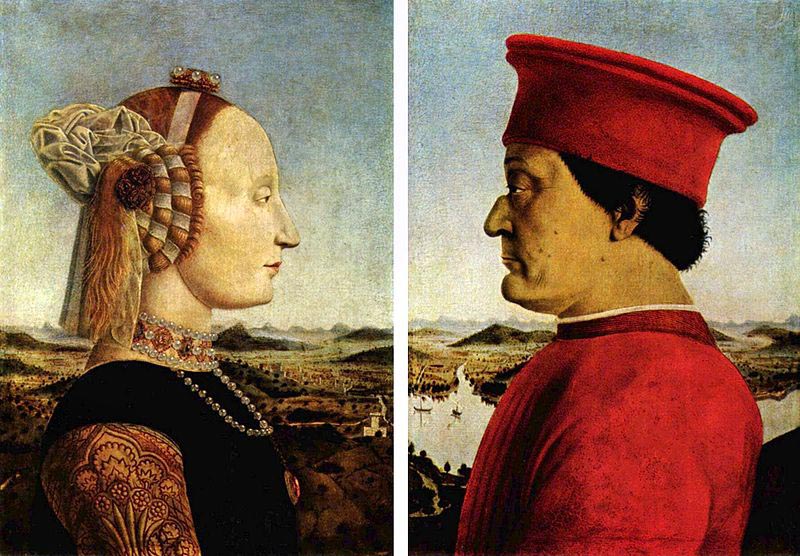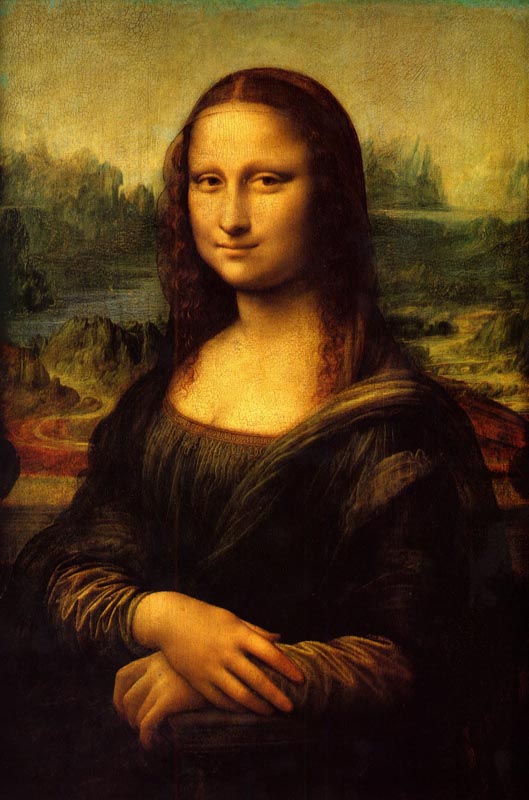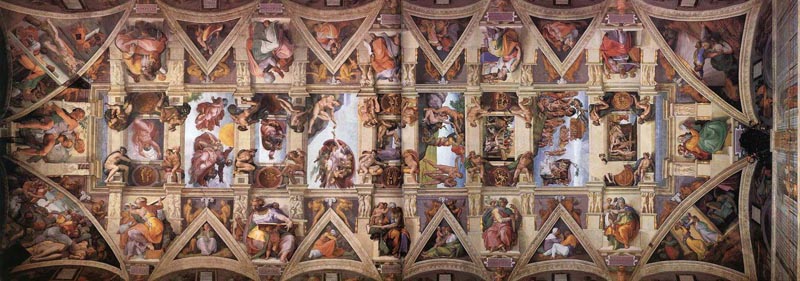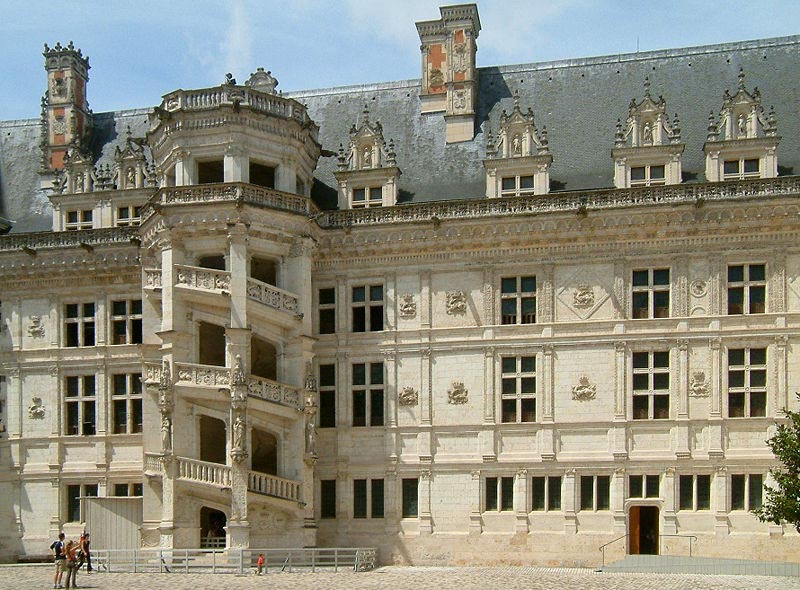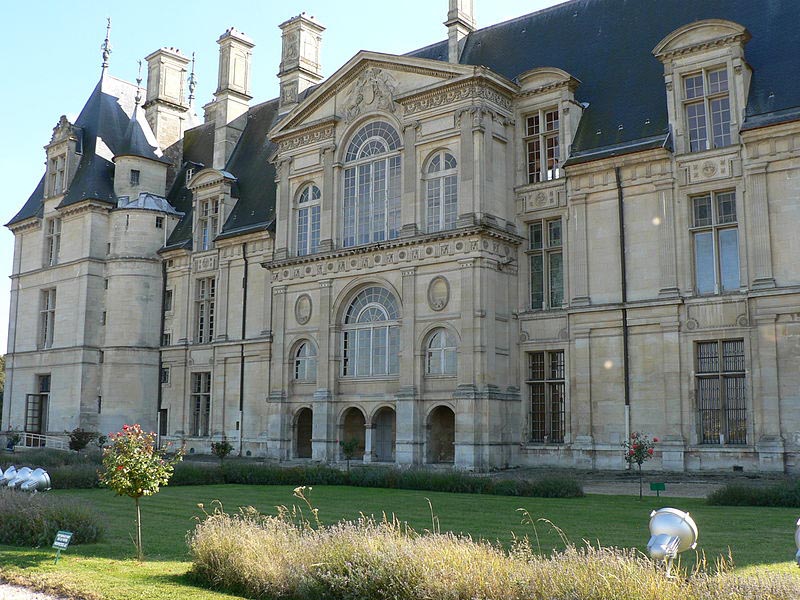Renaissance style
Download PDFDeveloping in Florence during the 19th century, Italian Renaissance derived from the rediscovery of classic Antiquity, influenced by its literature as well as its art. Considered a Golden Age of arts and literature, Antiquity became an almost exclusive source of inspiration. The most beautiful and the most visible examples of this Antiquity can be seen in monuments, yet the Renaissance movement first started in architecture. Filippo Brunelleschi was the precursor. The Basilica of San Lorenzo in Florence, built from 1424, was the first example of Renaissance architecture. Buildings were hence built according to principles of balance, symmetry, rhythm, and respecting proportions.
The architect Bramante (1444-1514) took on these principles and developed them further, especially in his masterpiece, le Tempietto di San Pietro in Montorio, built in Rome in 1502.
The influence of Antiquity in architecture can be recognised by several aspects:
- The façades have a vertical axis of symmetry and are often crowned with a pediment. In the same way, the façades alternate between pilasters, columns and bays.
- The principles of Renaissance architecture take on five classic styles that come from Greek-Roman architecture : Doric, ionic, Corinthian, Tuscan and composite.
- The arches are normally semicircular and are often placed in a particular way so that they form real arcades. The barrel arcade reappeared and marked a divide from the Gothic style.
- The dome has once again been given the place of honour, especially by Brunelleschi on the Basilica di Santa Maria del Fiore and by Bramante on Saint Peter's basilica in Rome.
Renaissance painting is probably what marked the biggest break away from Gothic art. Italy, with its brilliant artists, Raphaël, Leonardo da Vinci or Michael Angelo, revolutionised the representation methods. The biggest revolutionary idea was the perspective that Masaccio was one of the first to use, especially in his Crucifixion in the Basilica of Santa Maria Novella in Florence.
The revolutionary principle resides in the figurative representation of the human body. The study of anatomy hence allowed artists to respect proportions and offer realistic representations. The Vitruvian man by Leonardo de Vinci is the paragon of this. As a direct result, the classic portrait underwent great developments, magnificently illustrated by portraits of the Duke of Urbino Frederic de Montefeltro and his wife Battista Sforza, made between 1460 and 1470 by Piero Della Francesca. Despite this, the Renaissance portrait recognised worldwide is still “The Mona Lisa”, made by Leonardo da Vinci in 1503.
In Fresco art, the absolute masterpiece is the décor on the ceiling of The Sistine Chapel made between 1508 and 1512 by Michael Angelo.
Renaissance came to France at the start of Charles VIII's reign, at the end of the 15th century. Artists used the whole decorative antique repertoire, such as, fluted pilasters, columns rising to capitals, grotesque features, arms and armour, etc. But they also developed this source of inspiration by creating new motifs, such as, cartouches, new forms of friezes, and floral wreaths. This was also the period when mythology argued with religion on the topics to be covered. Thus figures of Venus, Bacchus and Mars started to appear on elegant interiors. French decoration during this period is characterised by an alliance between luxury and comfort.
French Renaissance can be particularly seen in the architecture of châteaux, specifically in the region of the Loire Valley. The châteaux of Chambord, Ecouen, Blois, Chenonceau are the most beautiful examples of French Renaissance architecture.




